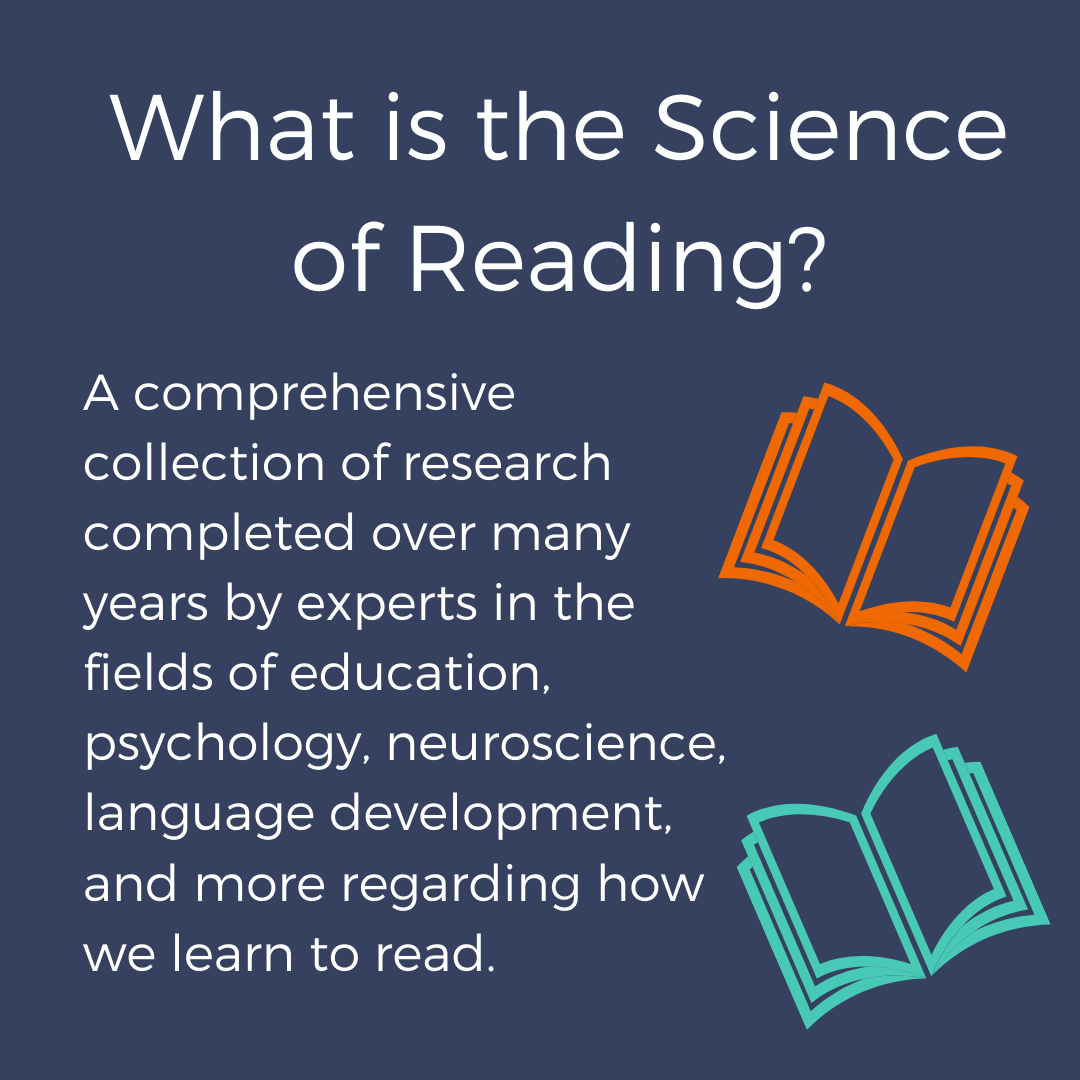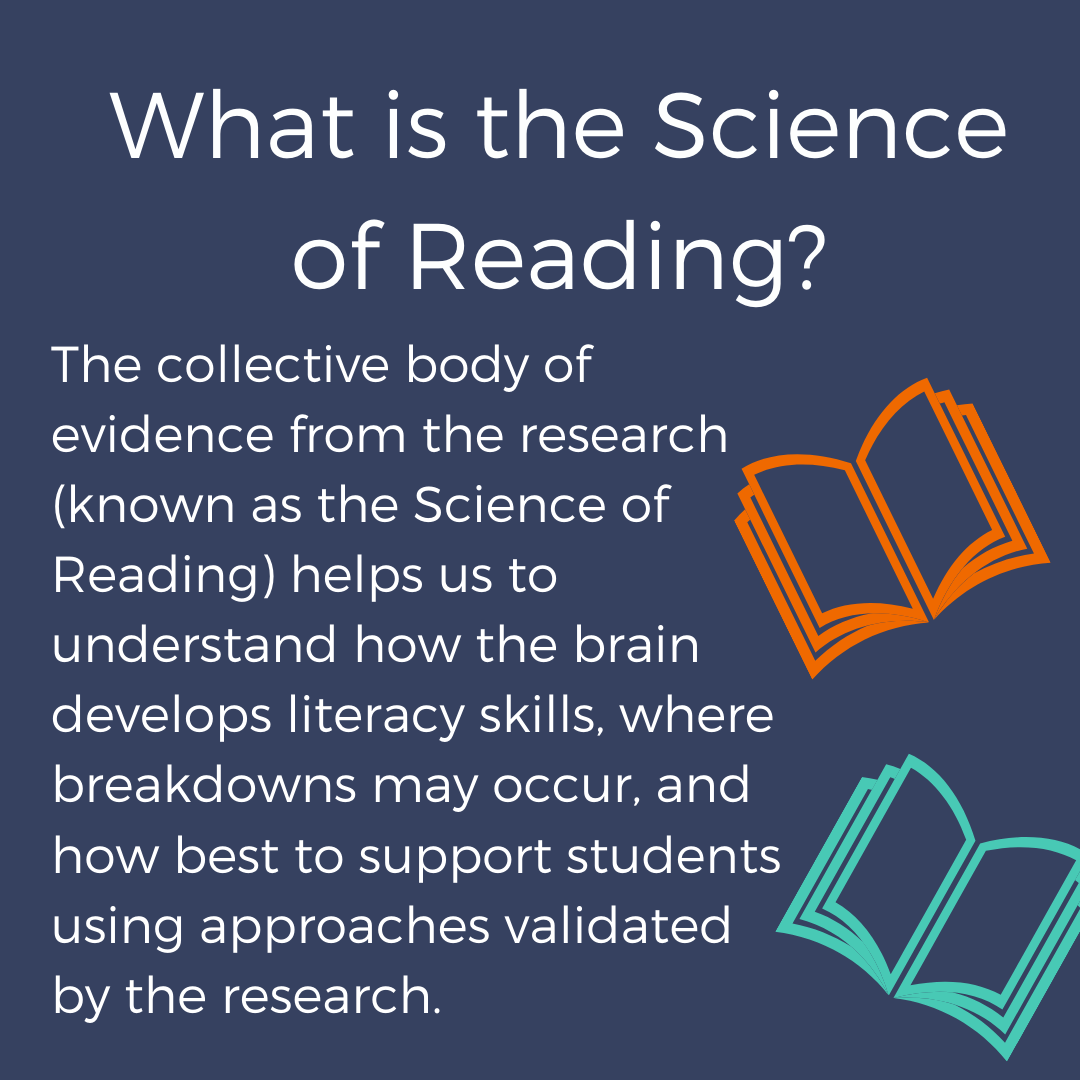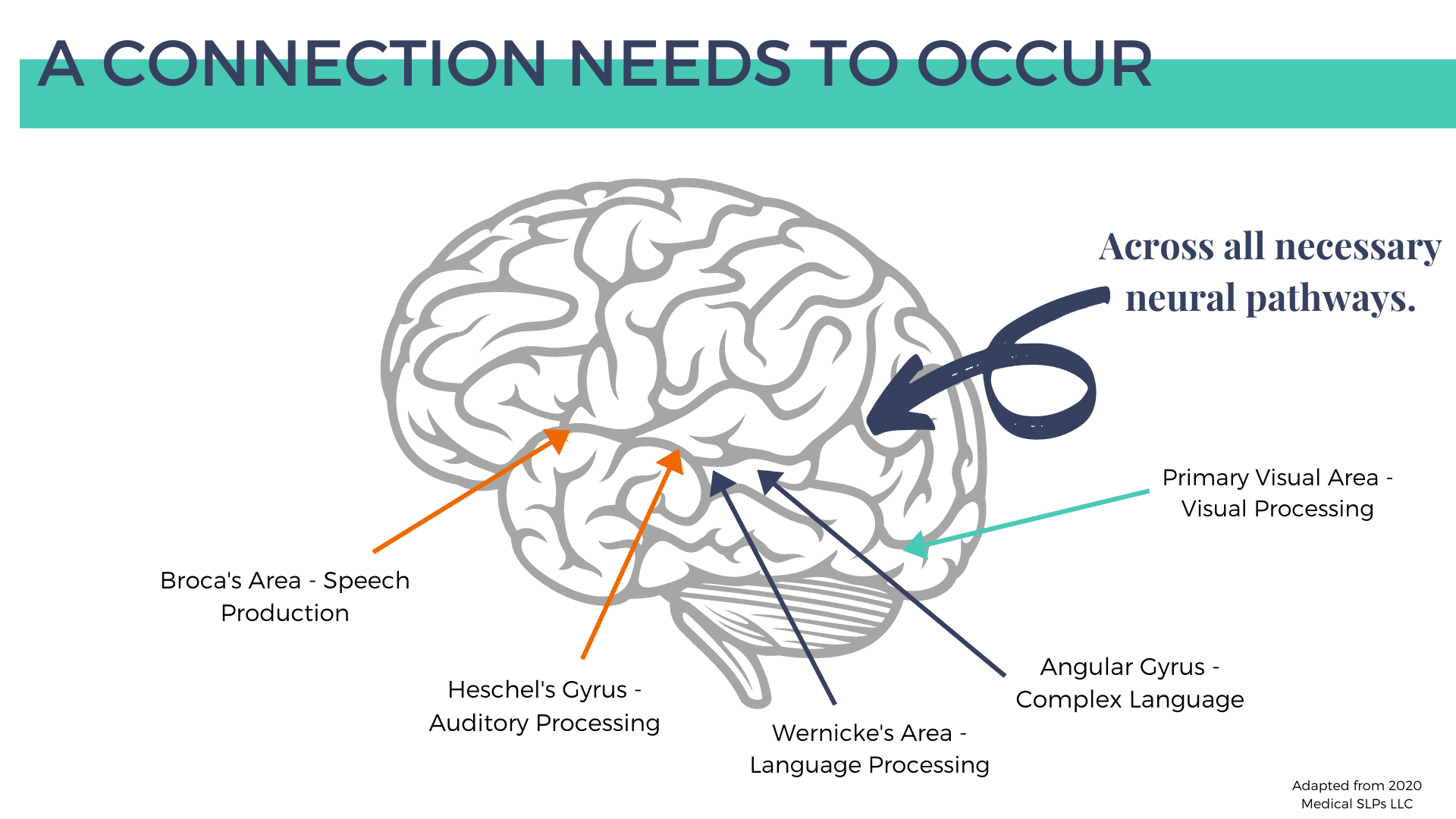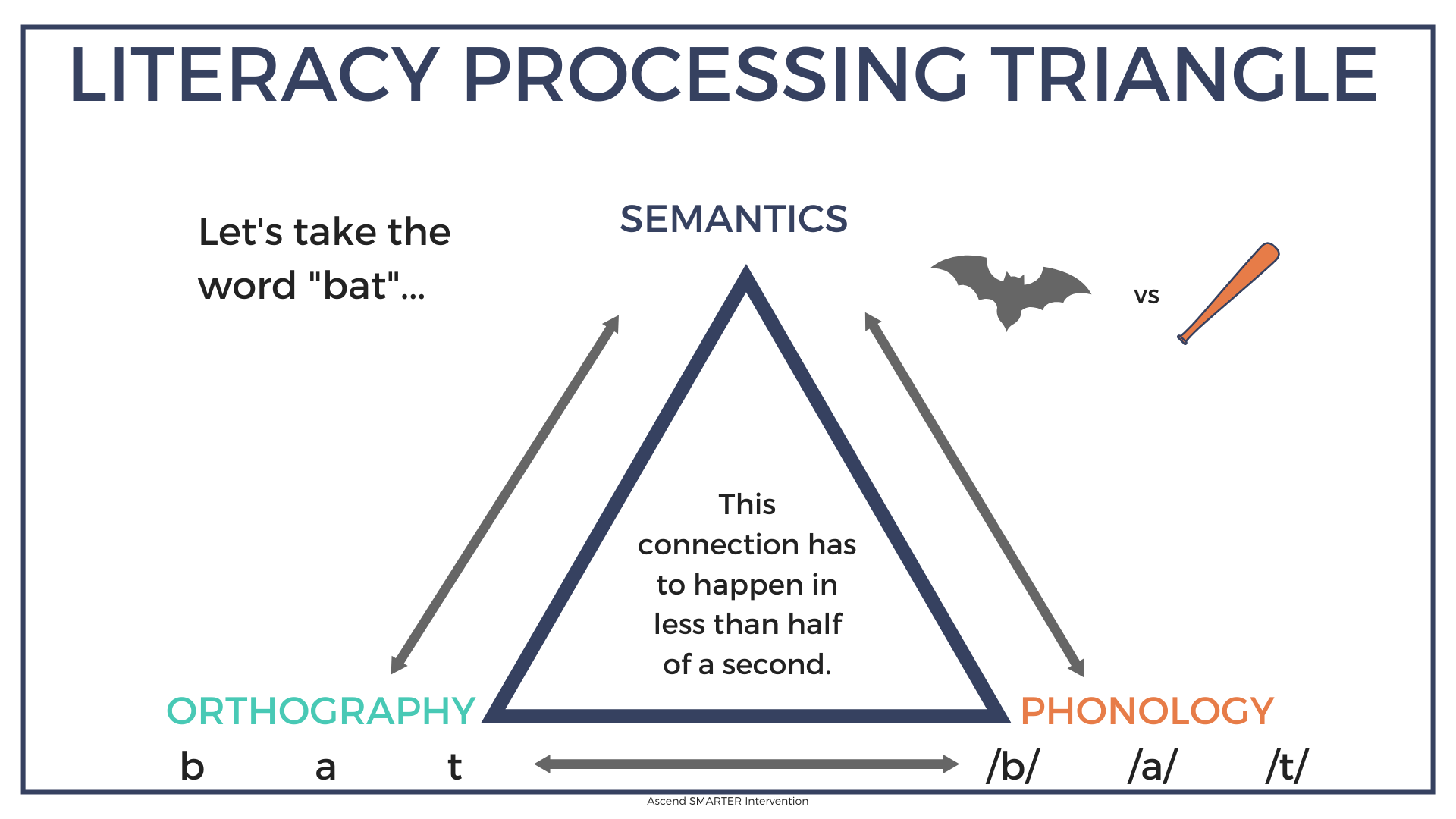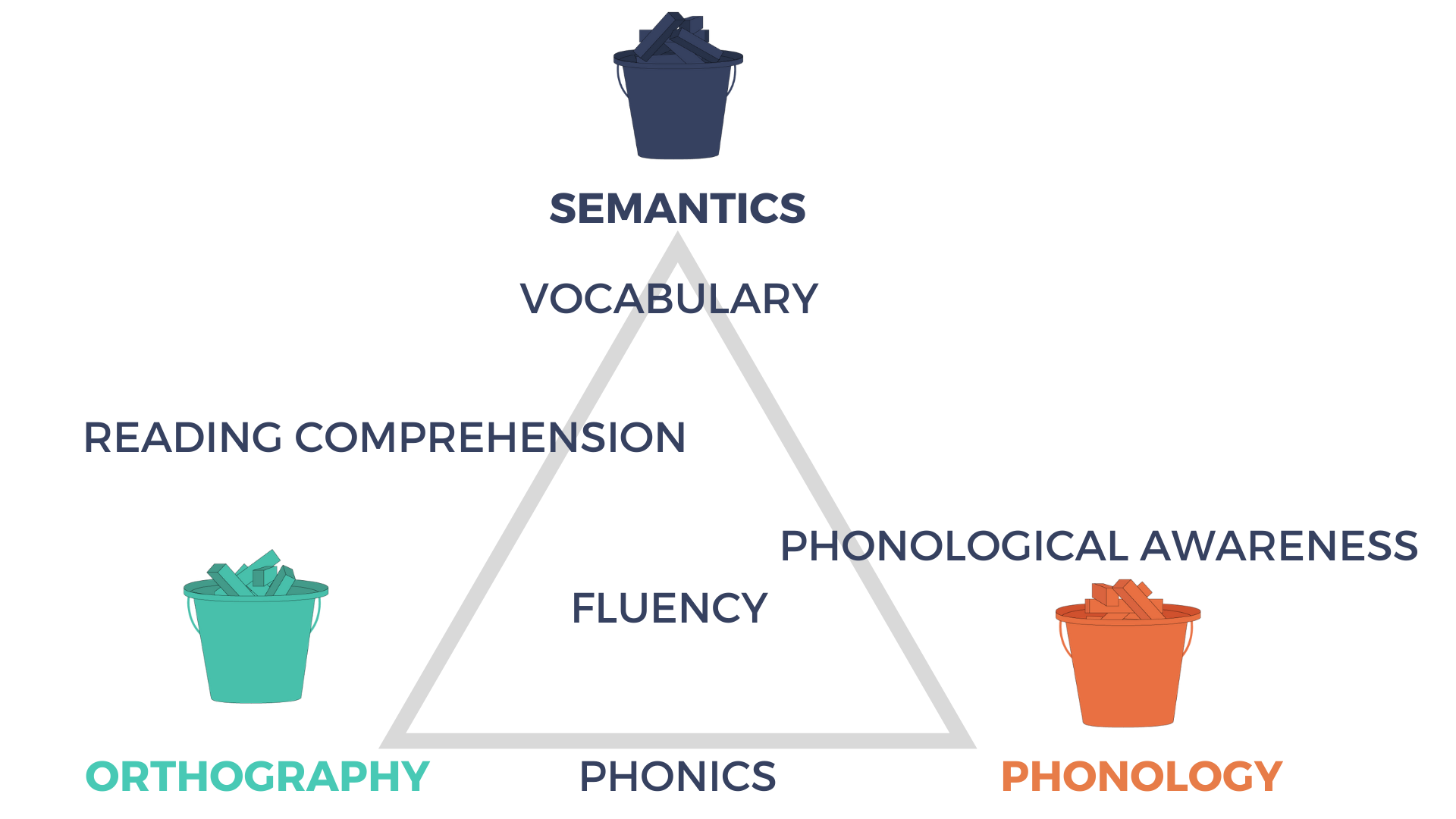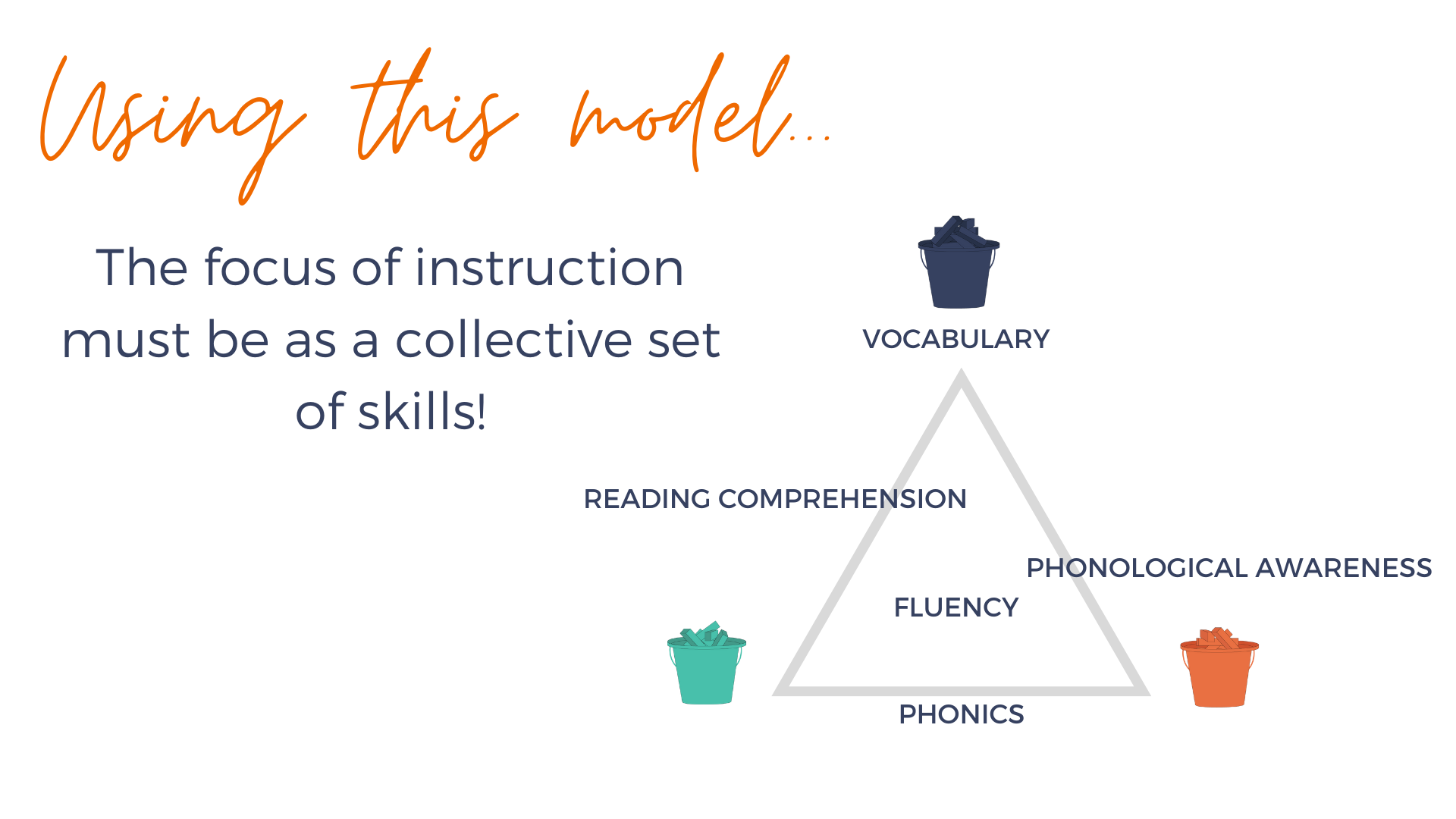How to Support Struggling Readers Based on the Science of Reading
Hey there,
We are super excited to jump into this topic. There’s a LOT to cover here so we’re going to jump right in.
First things first, what exactly is the “Science of Reading?”
The Science of Reading is a comprehensive collection of research completed over many years by experts in the fields of education, psychology, neuroscience, language development, and more regarding how we learn to read.
The collective body of evidence from the research (known as the Science of Reading) helps us to understand how the brain develops literacy skills, where breakdowns may occur, and how best to support students using approaches validated by the research.
This body of research continues to grow as researchers in the field continue to explore how the brain acquires new skills and how to support students in which this acquisition of skills doesn’t come naturally or easily.
Why is this important?
In a 2019 study conducted by the National Center for Education Statistics, it was determined that over 66% of 4th graders were not reading at a proficient level. Part of this is because of the gap that exists between research-based practices and what’s being implemented in the classroom. Unfortunately, many large curriculum publishers adopted by schools were not staying current with the ever-expanding body of research on the cognitive development of students.
In order to close this gap, we need to implement practices in the classroom that align with this large body of evidence.
The good news is -
There is A LOT of research that’s been done because literacy is absolutely critical!
The problem is -
There’s a lot of research to comb through!
That’s why we’re going to break it down as simply as possible!
Research on reading development supports three key models.
Literacy Processing Triangle (also known as the Eternal Triangle) by University of Wisconsin researcher Dr. Mark Seidenberg
Inclusion of Instruction in the 5 Core Components of Reading presented by the National Reading Panel in 2000.
The “Simple View of Reading” model presented by Gough & Turner in 1986, has a significant body of evidence supporting the principle.
Now each of these models helps us understand how the brain learns to read. While they are different conceptual frameworks, they broadly encompass the same core set of skills. They’re just providing different ways to look at it.
What’s the Literacy Processing Triangle?
If you’ve been with us a while, you know how obsessed we are with the Literacy Processing Triangle. Essentially this model is helping us understand the neural connections that need to occur in order to read and comprehend text.
The bottom line is, reading is complicated and requires the activation of many areas of the brain and then connection across those necessary neural pathways.
To turn neuroscience into a practical application we use the Literacy Processing Triangle model. Each point of the triangle represents a specific subset (bucket) of skills students need in order to read (and write) successfully.
The connection of each of those “buckets” of skills creates the 5 Core Components of Reading.
As the National Reading Panel directed, we need to make sure we’re providing explicit instruction in each of those areas. Specifically, phonological awareness (to support the development of phonology), phonics (to support the connection of phonology and orthography), vocabulary (to support the development of semantics), reading comprehension (to connect orthography to semantics), and fluency (the rapid neural connection of the complete process).
This can also be viewed by the “Simple View of Reading” model
Basically, the bottom of the triangle + the top of the triangle = skilled reading (effective comprehension of written material). Or language comprehension + decoding = reading comprehension. Scarborough’s Rope has become a popular visual to help educators and researchers alike consider the factors at play in the “Simple View of Reading.”
How do the models come together?
We put together this fancy table so that those of you who (like us) love research can conceptualize these models and the researchers behind each of them.
So how on earth do I incorporate the research into my lessons?
Whether you’re in the classroom, in a small-group intervention setting, or in a 1:1 intensive setting - the key here is that we need to be explicitly supporting students’ development through the 5 Core Components of Reading. It’s important that when we do this, we are providing instruction that targets all the subskills that are encompassed within each of the 5 Core Components and that we are providing instruction in a systematic and structured way.
The most important thing we can do is recognize that we need to be providing explicit instruction in each of these areas AND we need to be helping students to see the connection of each of the 5 Core Components of Reading with the other skills.
What should the lesson activities look like?
Learn more about structured-literacy intervention and what the research actually supports, by grabbing our Science of Reading Blueprint. This blueprint will help you understand the 3 key scientific models that drive effective literacy instruction, learn how to integrate the research into practice, and provide simple checklists that will help you weave the science of reading into your instruction.

